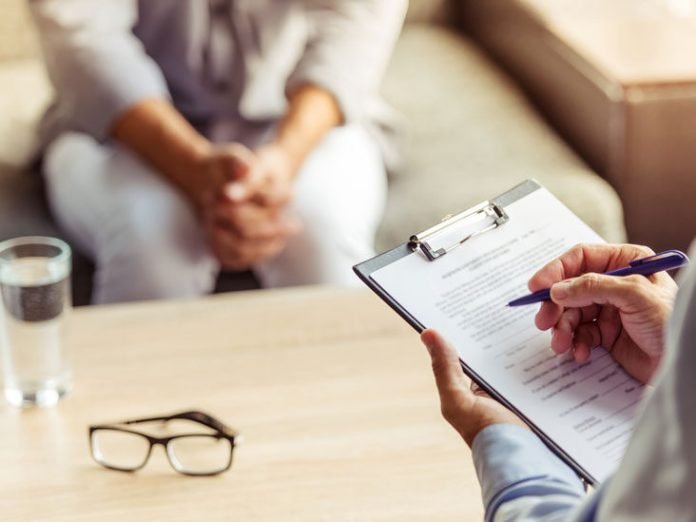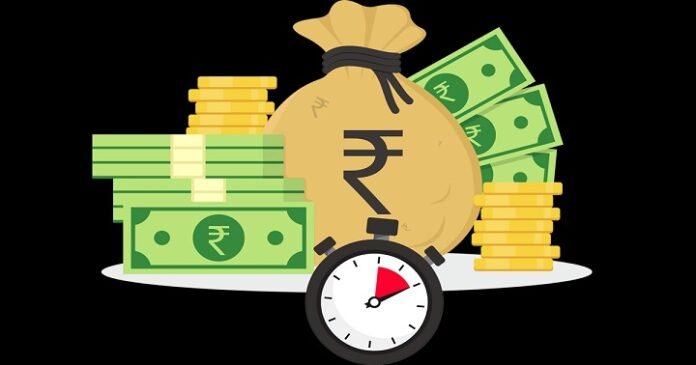Ever since the COVID-19 pandemic, there has been a stark shift, and more emphasis is being laid on the importance of mental health and related disorders. With more people eagerly looking for answers regarding different psychological illnesses and depression treatment, there is massive scope for discussion and discourse about mental health.
Depression is a medical condition that primarily affects one’s mood and functionality.
Sadness, anxiousness, and hopelessness are some of the most common symptoms of depression. Other symptoms can include trouble in concentration, reduced thinking power and inability to make decisions, changing sleep patterns, a drastic shift in appetite, loss of interest in previously enjoyable activities, no will to live, difficulty in feeling emotions, or being bombarded by intense emotions, and an overall decrease in the quality of life.
Types of depression
While depression is a prevalent medical condition, most people don’t realize that there are different types of depression. It is essential to recognize that it doesn’t look the same for everyone, and someone you know or yourself might be suffering from a different form of depression based on symptoms and causes.
Major depressive disorder (MDD)
It is also known as clinical depression. It is characterized by intense depressive symptoms that last for over two weeks, causing distress and interference with one’s life.
Persistent Depressive Disorder (PDD)
It is also known as dysthymia. In this form of depression, the symptoms are less severe to moderate. However, it lasts for over two or more years.
Perinatal/postpartum depression
Peronatoation and postpartum depression are central to pregnancy and birth, and it is often mistaken as ‘baby blues.’ However, such a form of depression can significantly impact the expecting mother and the family.
Bipolar depression
This disorder is characterized by alternating highs (or episodes of mania) and lows. Often, during their low periods, they’re susceptible to feeling into a depressive episode.
Premenstrual dysphoric disorder (PMDD)
This refers to a more severe and distressing form of PMS or premenstrual disorder. It affects menstruating people a few days and weeks before their menstrual periods start.
Seasonal affective disorder (SAD)
It is a form of depression that affects people during specific seasons. It starts during the colder months and fades as the temperatures rise. Some people report symptoms during the summer months and a lack thereof during winter.
Psychotic depression
Intense symptoms and delusions or hallucinations characterize such a form of depression.
Depression Therapy Options
While depression is a severe mental condition, it is also treatable. Medication, counseling, and therapy are crucial elements of a depression treatment regimen. Further, alternative medicine practices such as acupuncture, deep tissue massages, biofeedback, and hypnosis can supplement your treatment.
Seeking professional help is necessary, but you can also try to combat depression through self-help. It includes improving your lifestyle, incorporating exercise, creating and sticking to a well-rounded sleep schedule, and social interaction. In cases of severe depression or psychotic depression, brain stimulation therapy is recommended for improved results.
Conclusion
You must remember that recovery from depression is a long process. Healing isn’t always linear. Do not abandon treatment at any point, as it could result in a relapse with much worse symptoms. You must remain patient and have faith in yourself and those trying to help you feel better.








